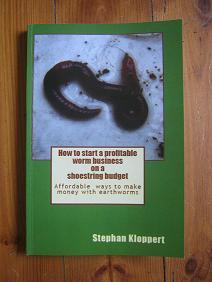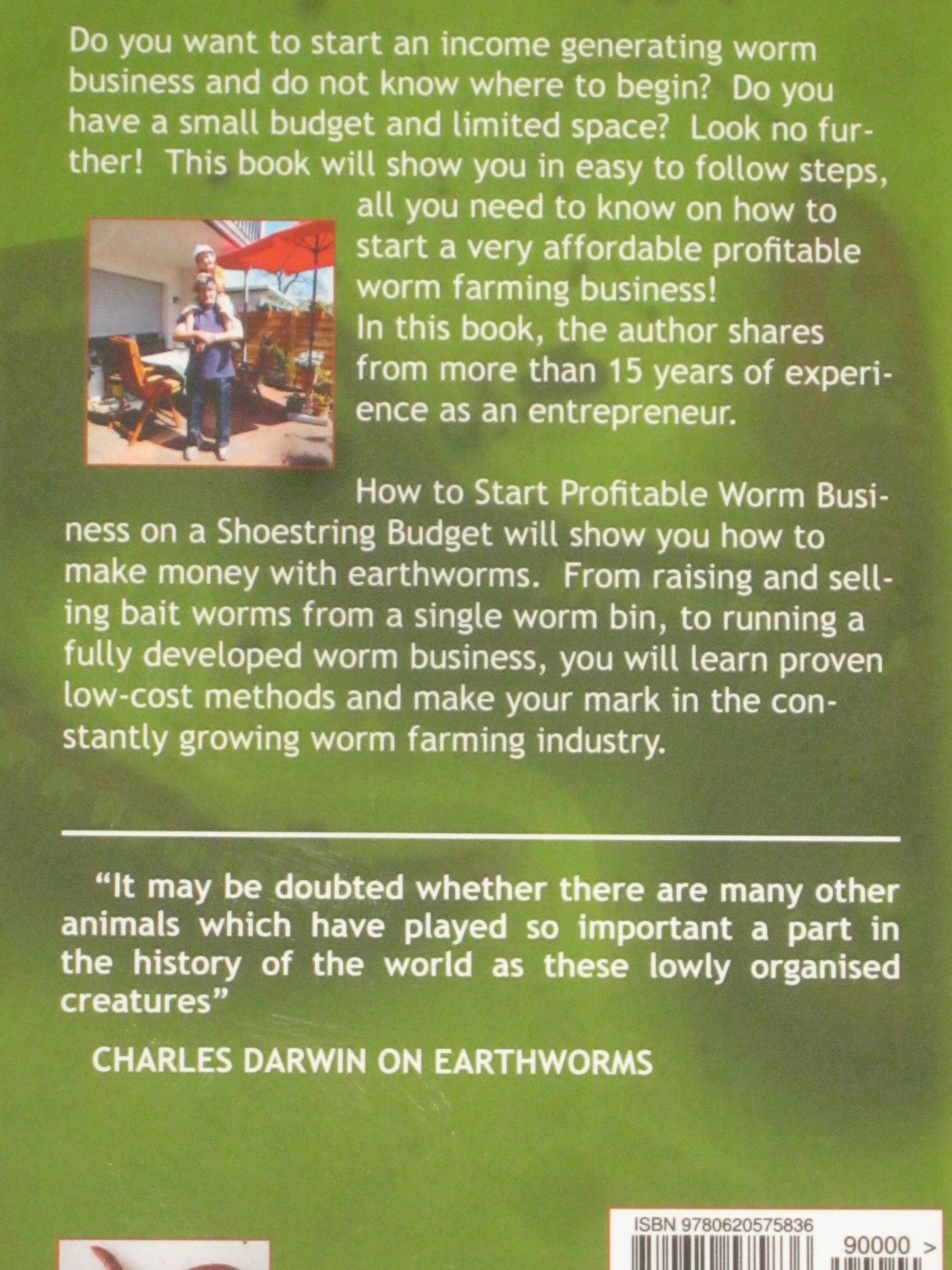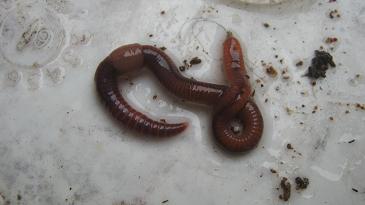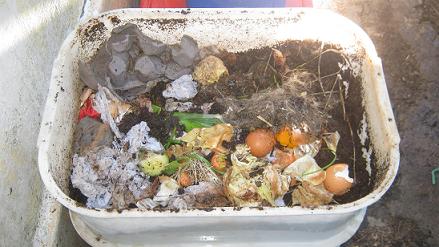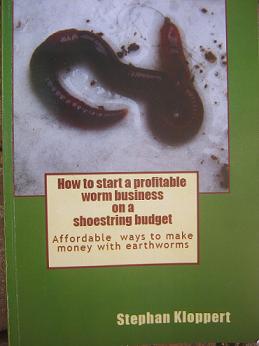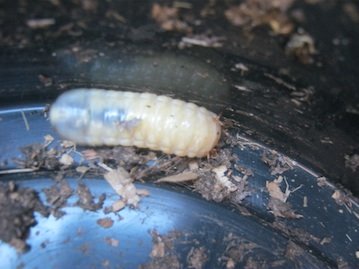Moisture control in continuous flow worm bins.
by Kenneth Hofer
(Grande praire, Alberta, canda)
With setting up a series of continuous flow bins I am having a challenge with managing the moisture, as the worms seem to dwell in the bottom of the bin, and having problems with cave-ins. What is the best way to manage moisture, is it via feedstock before adding the feedstock in the bin or should I add water after adding feed? How do I get the worms so they just feed on top? My feedstock consists of precomposed hay, straw, and woodchips, with finished compost mixed and some ground-up grains. Please let me know if you have further questions for me and how you can answer any of my questions. Thanks in advance Kenneth.
Comments for Moisture control in continuous flow worm bins.
|
||
|
||
Search / Suchen
On SPECIAL
"How to start a profitable worm business on a shoestring budget
Order a printed copy from "Amazon" for only
$11.95
or a digital version from the "Kindle" store for only
$4.95
Prices valid till 30.11.2025
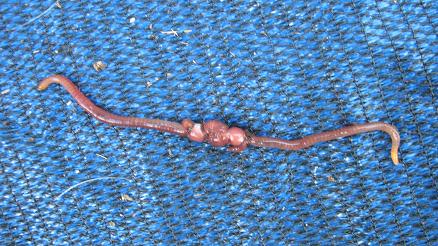
Our New Book
Order the Kindle E-book for the SPECIAL PRICE of only
$3.95
Prices valid till 30.11.2025!

